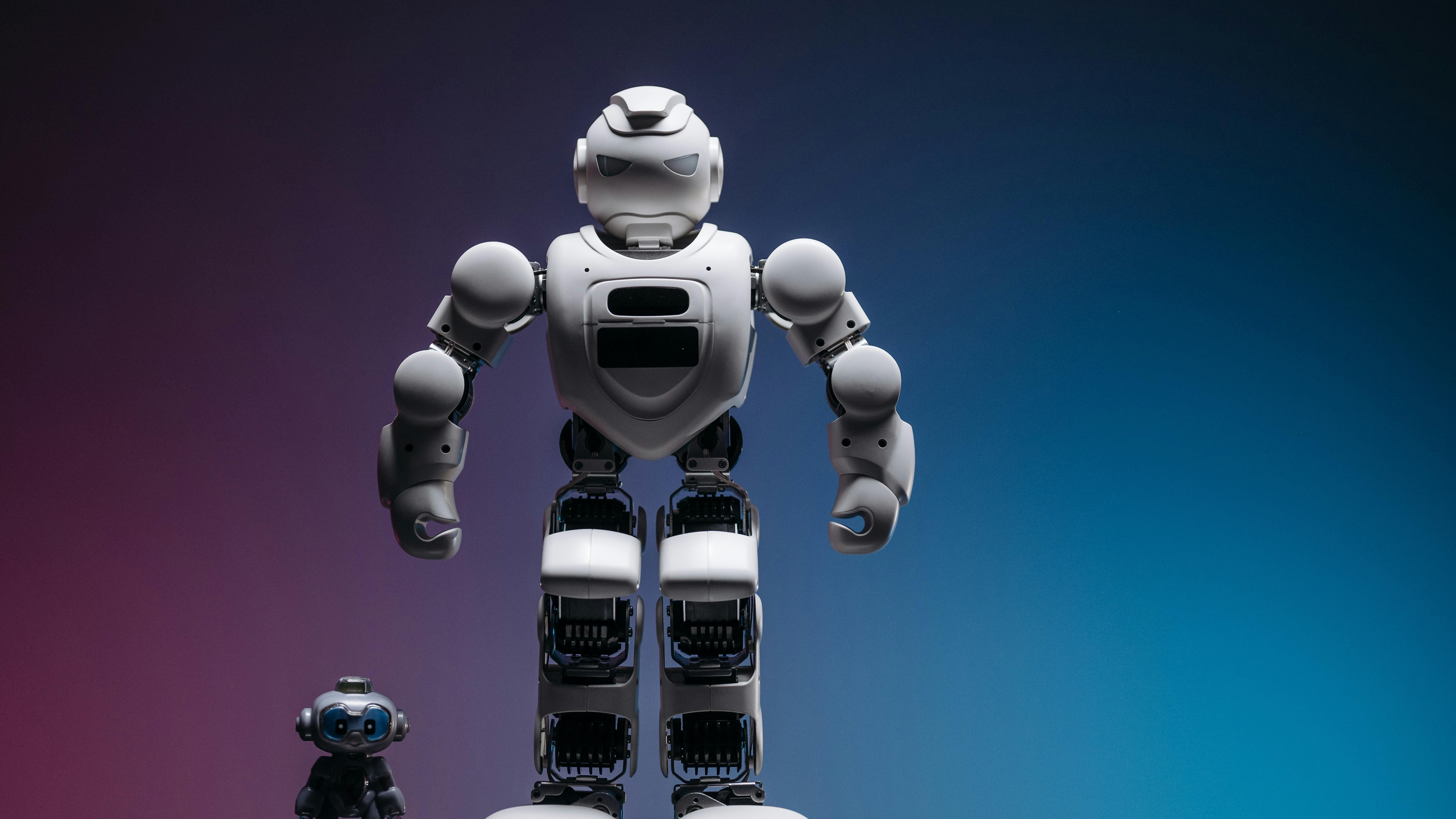
Understanding Humanoid Robots: A Game Changer for the Workforce
As we stand on the brink of significant transformation in the workplace, the rise of general-purpose humanoid robots (GPRs) presents a new frontier. Integrating innovative technology such as generative AI and advanced mechatronics, these robots are not just machines but potential partners in our evolving workspaces. Unlike traditional robots confined to specific tasks, humanoid robots are designed to adapt seamlessly in human-centric environments, including hospitals, offices, and even hospitality venues. They promise increased collaboration between humans and machines, enabling greater efficiency and productivity in team dynamics.
Key Questions to Consider Before Investing
Investment in humanoid robots doesn’t just hinge on their capabilities. Leaders must reflect on the broader implications of their integration into the workplace.
What Transformation Will Occur?
The deployment of humanoid robots could dramatically shift your company culture. What new values or beliefs will emerge as we welcome these robots into our daily work life? Understanding how robots fit into your organizational ethos is crucial. Will they enhance psychological safety by taking on burdensome tasks, or will they raise fears around job displacement?
How Will They Influence Employee Trust?
Trust is a foundation of workplace culture. How will introducing humanoid robots affect employee sentiments? Leaders must ensure that the rationale for integrating such technology aligns with company values. Transparent communication about the purpose of these robots may alleviate fears and foster an atmosphere where employees feel confident in their evolving roles.
Cultivating Inclusive Leadership in the Age of Automation
With the promise of enhanced efficiency through automation, leaders must also adapt to new challenges. Inclusive leadership that promotes change management becomes vital to navigate the hybrid workforce effectively. How can leaders ensure that all team members, whether human or robotic, are working toward unified company objectives?
Looking Ahead: Preparing for the Future of Work
The advent of humanoid robots is not just a technical challenge but an opportunity for cultural evolution within organizations. Leaders need to ask themselves if they are ready for these transformations and if they have the resilience to adapt to continual change in the workplace environment.
As we innovate and explore new workplace dynamics, taking the time to think critically about integrating humanoid robots can help shape a balanced, engaged, and adaptive workplace for everyone involved.
 Add Row
Add Row  Add
Add 




Write A Comment